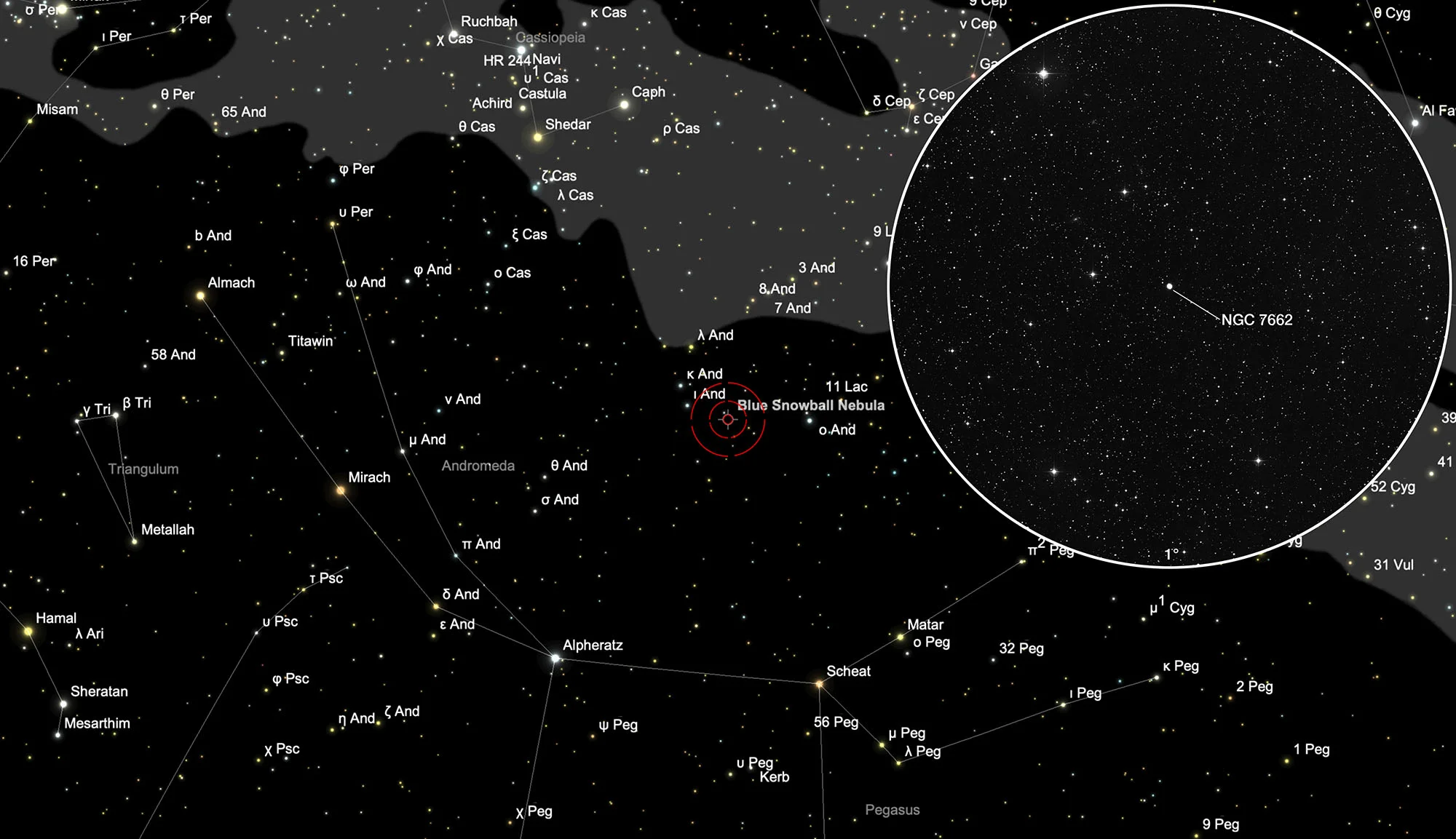Blue Snowball (NGC 7662)
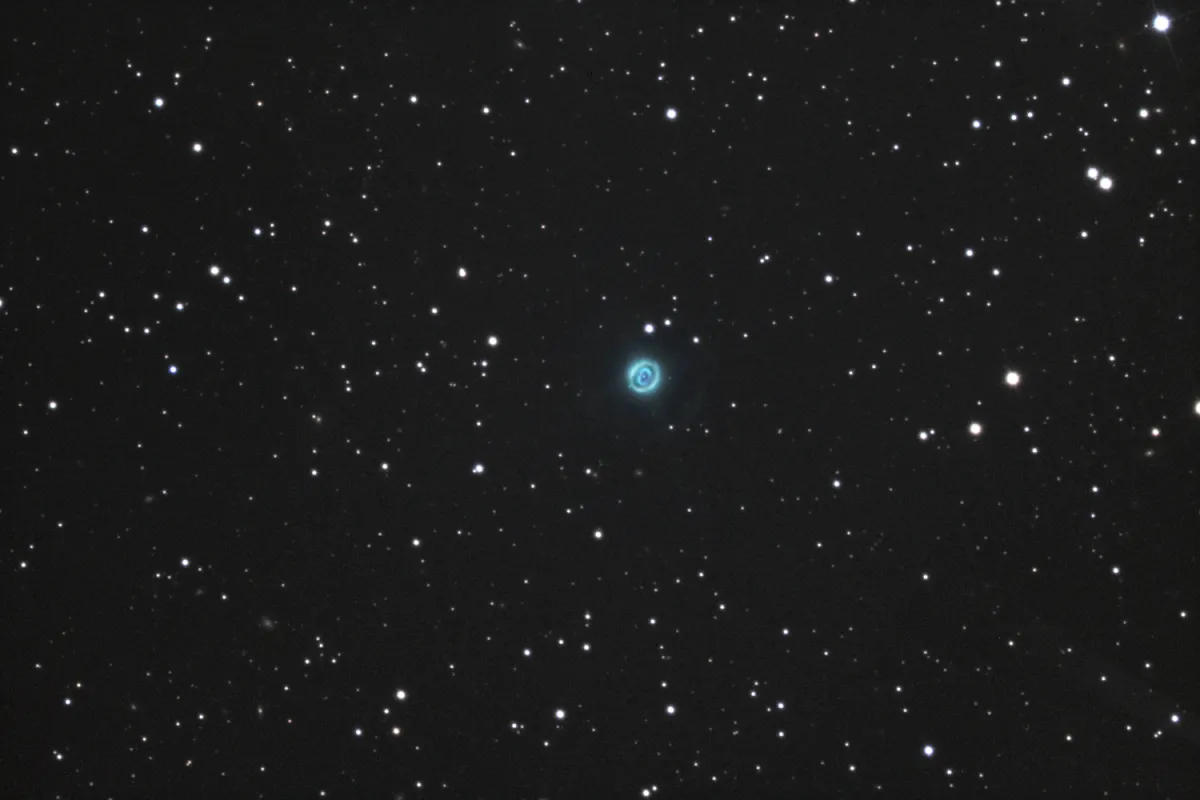
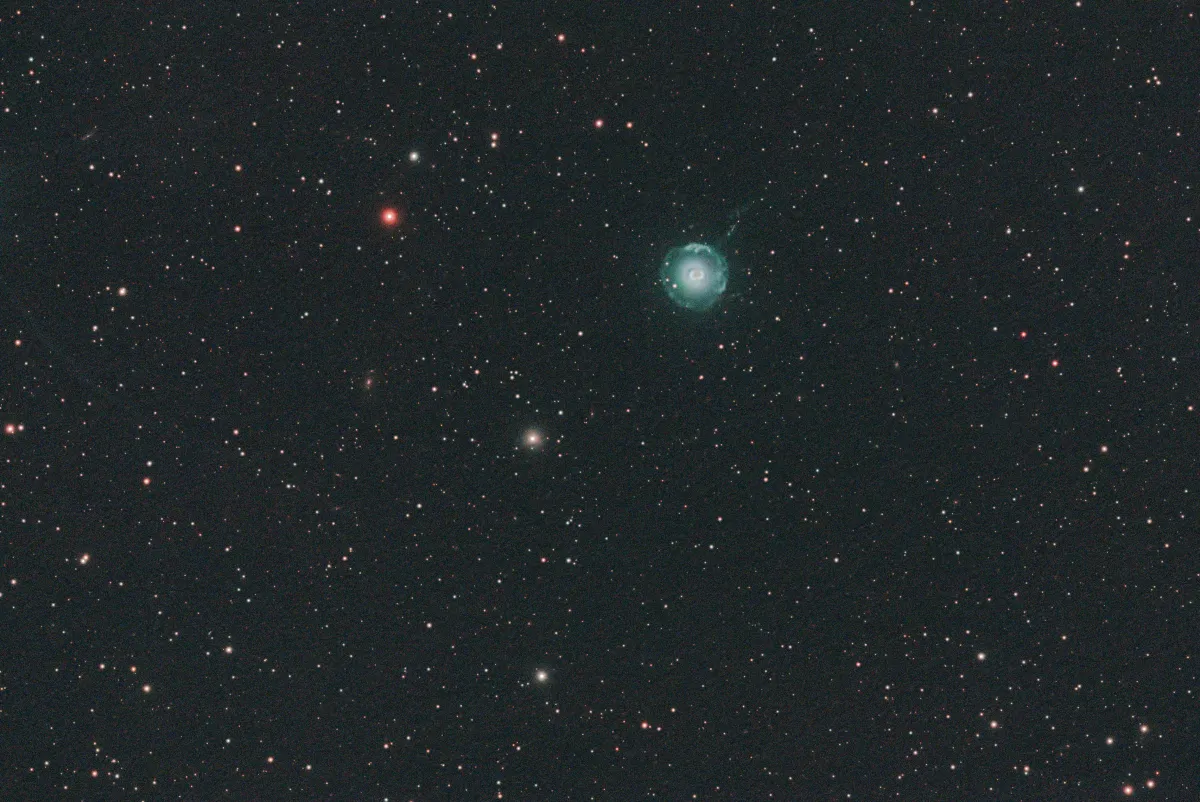
History
This planetary nebula was discovered by William Herschel on 6 October 1784 using his small 7 feet reflector with 6.3 inch aperture. He cataloged it as IV 18 (class IV = planetary nebulae) and described it with «bright, round, a planetary p. well defined disk, 15" diameter with a 7 feet reflector» [463]
Physical Properties
The «Blue Snowball» (NGC 7662) is one of the brightest planetary nebulae and can already be seen in larger binoculars (from 50 mm aperture). Its eponymous blue-green colour comes from oxygen excited to glow. The very hot central star in the centre of the object is responsible for the glow of the oxygen. Its surface temperature is around 75'000 Kelvin. The high-energy UV radiation emanating from its surface ionizes the oxygen twice (O-III), so that the gas emits light at wavelengths of 5007 and 4959 angstroms, which we perceive as blue-green.
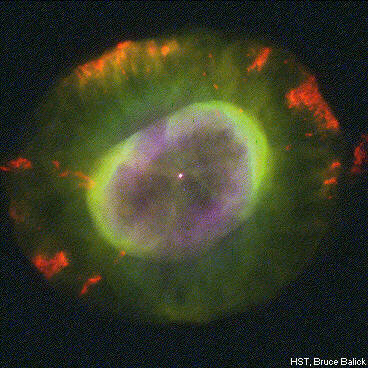
Bruce Balick's colour image (Fig. 3) was taken with three different filters. Doubly ionized oxygen (O-III) is shown in green and corresponds to the visual impression. Ionized nitrogen is shown in orange, ionized helium in blue. These emission lines are too faint to be seen visually with amateur telescopes. The shape of a PN is mainly determined by collisions of stellar winds expelled during different periods of activity of the central star and the earlier red giant stage. However, the fine, orange-coloured structures on the HST image cannot be explained with the conventional hydrodynamic PN models. It is assumed that these are younger ejections from the central star. The overall structure of the blue snowball is classified in the Vorontsov-Velyaminov classification scheme as type IV+III - ring structure with irreg. Disc - aptly described (see descriptions below).
| Designations | PN G106.5-17.6: NGC 7662, PK 106-17.1, ARO 20, VV 285, VV' 575 |
| Right Ascension (J2000.0) | 23h 25m 54s |
| Declination (J2000.0) | +42° 32' 06" |
| Dimensions | 17." (optical), 26." (radio) |
| Distance | 0.98 kpc |
| Radial Velocity | -13.2 ± 0.7 km/s |
| Expansion Velocity | 27.5 (O-III) 29. (N-II) km/s |
| C-Star Designations | AG +42 2277, AG82 451, BD +41 4773, GCRV 14695, HD 220733, NSV 14555, PLX 5676 |
| C-Star Magnitude | B: 13.6, V: 13.2 |
| Discoverer | HERSCHEL 1784 |
How to find the Snowball
The blue snowball is in the constellation Andromeda on the connecting line between the stars ι and ο Andromedae, about a third closer to ι. On 14 September it is in opposition to the Sun and crosses the meridian at local midnight. It can be observed well in the months of May to February.
Visual Observation
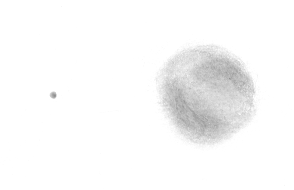
150 mm Aperture: NGC 7662 with the proper name Blue Snowball lives up to its name even in smaller telescopes, as it appears quite coloured with a light bluish tone. Actually, the object is very bright, but also quite small. At magnifications of up to 300x, no structures can be made out, and the central star also remains hidden. The large surface brightness formally demands even greater enlargements and in fact a lot can still be wrested from the object. The upper limit of a good 150 mm half apochromat proves to be the optimum, namely about 680x! With a little concentration, the hand drawing was created in about half an hour's work and reveals a structure that seems to consist of two ring-shaped shell segments lying one on top of the other. Due to the high surface brightness, but low surface contrast, this planetary nebula can best be observed on a clear sky without an O-III filter. — 1996, Beat Kohler
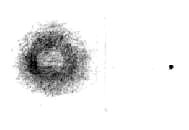
200 mm Aperture: The blue-green colour of this galactic jewel is particularly evident at the 8-inch aperture. A magnification of 340x revealed a broad, bright ring structure that appears «dented» in the south towards the north. The western part of the ring shines a little brighter. The whole thing is surrounded by an oval, fainter halo. The brightness at the centre of the ring roughly matches that of the halo. Using an O-III filter did not improve the contrast of the Blue Snowball. Even with an aperture of 200 mm, the 12.5 mag bright central star was still invisible. Thanks to its high surface brightness, this PN is an extremely refreshing observation object even from heavily light-polluted areas, such as the city of Zurich! — 1996, Philipp Reza Heck
320 mm aperture: Its shape and fine structures are clearly recognizable. The central, darker middle part can be guessed at. The OIII nebula filter is a must on this object. High magnification should also be used. The variable central star is not visible. [192] — 12.5" Ninja-Dobson, F:4.5 / TV-Radian 8mm, 181x, 0.33° und TV-Radian 5mm, 290x, 0.20° / OIII-Filter, Eduard von Bergen
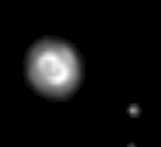
500 mm Aperture: Visually, the ring structure described above is evident and contrasts well with the halo. The use of an O-III filter increases the contrast between the halo and ring at high magnification (400x). The actually bright central star (mag 12.5) remained invisible even with an aperture of half a metre! The reason for this is the high surface brightness of the nebula within the ring, which «drowns» the central star, so to speak. However, it is clearly visible on the CCD image. In addition to the visible structure, the image also shows differences in brightness in the halo. — 1996, Stefan Meister
900 mm Aperture: Who said you could only see deep-sky objects in black and white with the naked eye? The PN is so bright that it lives up to its name and appears light blue over a large area as a round nebula in direct vision. The inner shell is even a beautiful dark blue colour. — 900 mm f/10 Cedes Nasmyth Cassegrain, Falera, 7. 9. 2024, Bernd Nies
